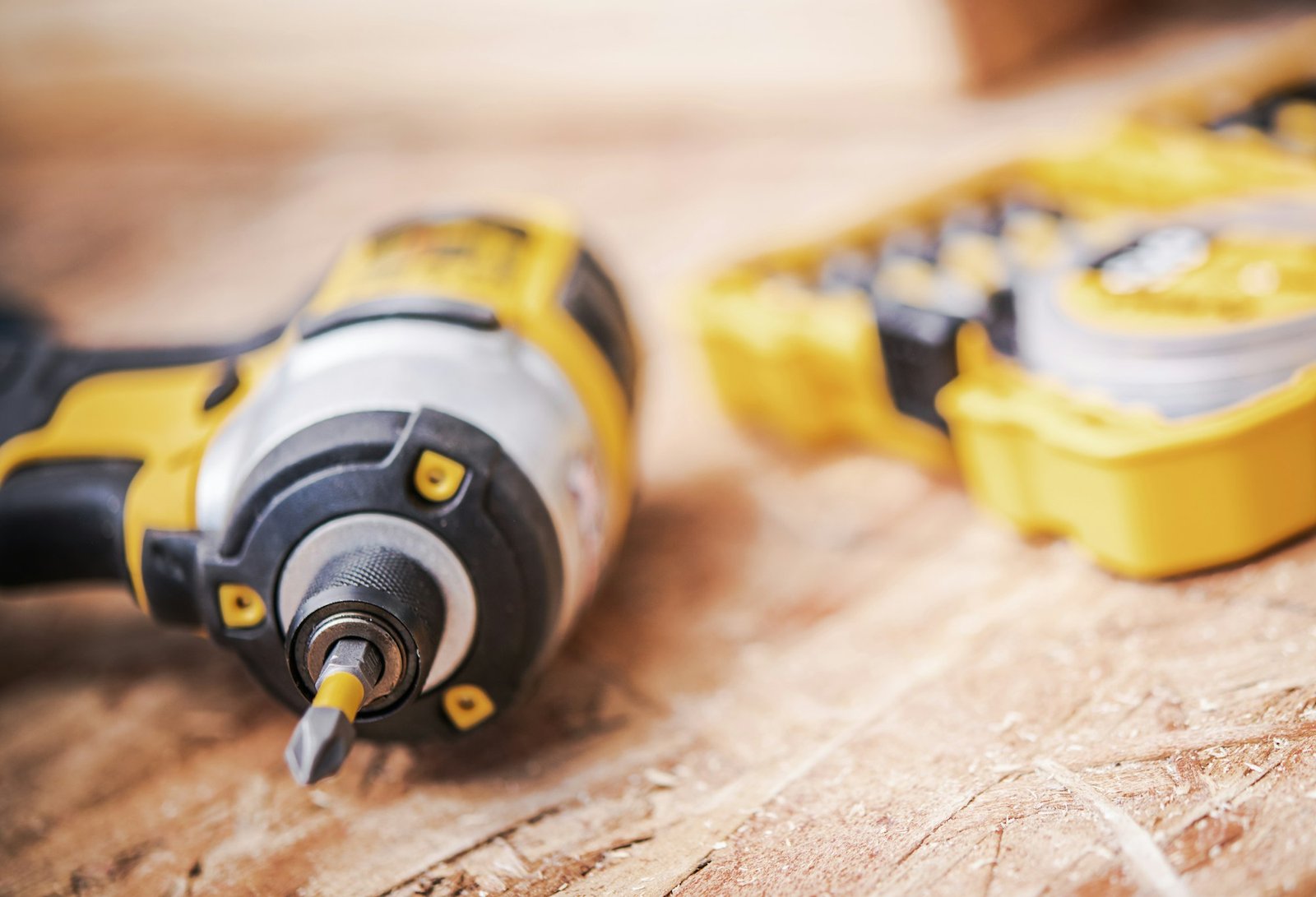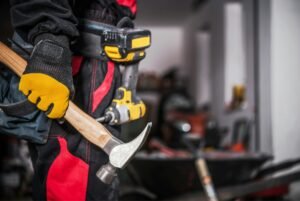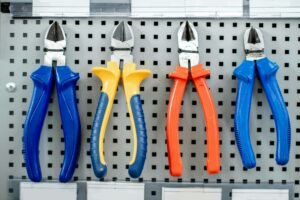Introduction: Electric drills are versatile and indispensable tools in various industries and households, offering precision, power, and efficiency for drilling, driving, and fastening tasks. In this comprehensive guide, we delve into the world of electric drills, exploring their types, components, features, applications, maintenance, and safety precautions.
Types of Electric Drills:
- Corded Drills:
- Corded drills are powered by electricity via a cord plugged into a power outlet.
- They offer consistent power and unlimited runtime, making them ideal for heavy-duty tasks and continuous use.
- Corded drills are available in various sizes, speeds, and power ratings to suit different applications and user preferences.
- Cordless Drills:
- Cordless drills are powered by rechargeable batteries, providing freedom of movement and portability.
- They are suitable for use in remote locations, confined spaces, and outdoor environments where access to power outlets may be limited.
- Cordless drills come in a range of voltages, battery types, and features such as brushless motors and variable speed settings.
- Impact Drills:
- Impact drills combine rotary drilling with a hammering action to provide extra force for drilling into hard materials such as concrete, brick, and masonry.
- They are commonly used in construction, renovation, and remodeling projects that require drilling into tough surfaces.
Components of Electric Drills:
- Motor:
- The motor is the heart of an electric drill, converting electrical energy into mechanical power to drive the drill bit.
- Motors in electric drills can be brushed or brushless, with brushless motors offering higher efficiency, longer lifespan, and reduced maintenance requirements.
- Chuck:
- The chuck is the part of the drill that holds the drill bit or screwdriver bit securely in place.
- Chucks come in various sizes and types, including keyless chucks and keyed chucks, allowing for quick and easy bit changes.
- Gearbox:
- The gearbox in an electric drill transfers power from the motor to the chuck, providing variable speed and torque control.
- Some drills feature multiple speed settings and gear ratios for enhanced versatility and performance.
- Battery (for cordless drills):
- The battery powers cordless drills, providing the necessary energy for drilling and driving operations.
- Batteries vary in voltage, capacity, and chemistry (e.g., lithium-ion, nickel-cadmium), affecting runtime, power output, and weight.
Applications of Electric Drills:
- Woodworking:
- Electric drills are essential tools for woodworking projects, including drilling pilot holes, driving screws, and boring dowel holes.
- They are used in furniture making, cabinetry, joinery, and carpentry tasks requiring precision and accuracy.
- Metalworking:
- Electric drills are used in metalworking applications such as drilling holes in metal sheets, plates, and pipes.
- They are utilized in fabrication, machining, and welding operations for tasks such as metal cutting, tapping, and deburring.
- Construction and Renovation:
- Electric drills play a vital role in construction and renovation projects, including drilling anchor holes, installing fixtures, and assembling structures.
- They are employed by contractors, builders, and DIY enthusiasts for tasks such as framing, drywall installation, and electrical wiring.
- Automotive Repair and Maintenance:
- Electric drills are used in automotive repair and maintenance for tasks such as drilling holes for bolts, screws, and rivets.
- They are utilized in automotive workshops and garages for engine repair, brake servicing, and bodywork.
Maintenance and Care:
- Battery Maintenance (for cordless drills):
- Properly charge and store batteries according to manufacturer guidelines to prolong their lifespan and performance.
- Avoid overcharging or fully discharging batteries, and store them in a cool, dry place away from heat and moisture.
- Chuck Cleaning and Lubrication:
- Regularly clean and lubricate the chuck to ensure smooth operation and secure bit retention.
- Remove debris, dust, and rust from the chuck jaws and apply a small amount of lubricating oil or grease to prevent corrosion and friction.
- Motor Inspection:
- Periodically inspect the motor for signs of overheating, unusual noise, or vibration, which may indicate a malfunction or worn components.
- Clean the motor vents and cooling fins to prevent dust buildup and ensure proper ventilation.
Safety Precautions:
- Personal Protective Equipment (PPE):
- Wear appropriate PPE, including safety glasses, gloves, ear protection, and respiratory protection, when using electric drills.
- PPE helps protect against hazards such as flying debris, noise, and dust.
- Secure Workpiece:
- Secure workpieces properly using clamps, vises, or other holding devices to prevent movement or slippage during drilling operations.
- Maintain a stable work surface and keep hands and fingers away from the drilling area.
- Use Correct Drill Bit:
- Use the correct type and size of drill bit for the material being drilled to avoid damage to the drill bit, workpiece, or drill.
- Match the drill bit speed and feed rate to the material properties for optimal drilling performance and tool longevity.
Conclusion: Electric drills are versatile and indispensable tools that empower users to tackle a wide range of drilling, driving, and fastening tasks with precision and efficiency. By understanding the types, components, features, applications, maintenance, and safety precautions of electric drills, users can maximize their performance, durability, and safety in various industries and applications.






